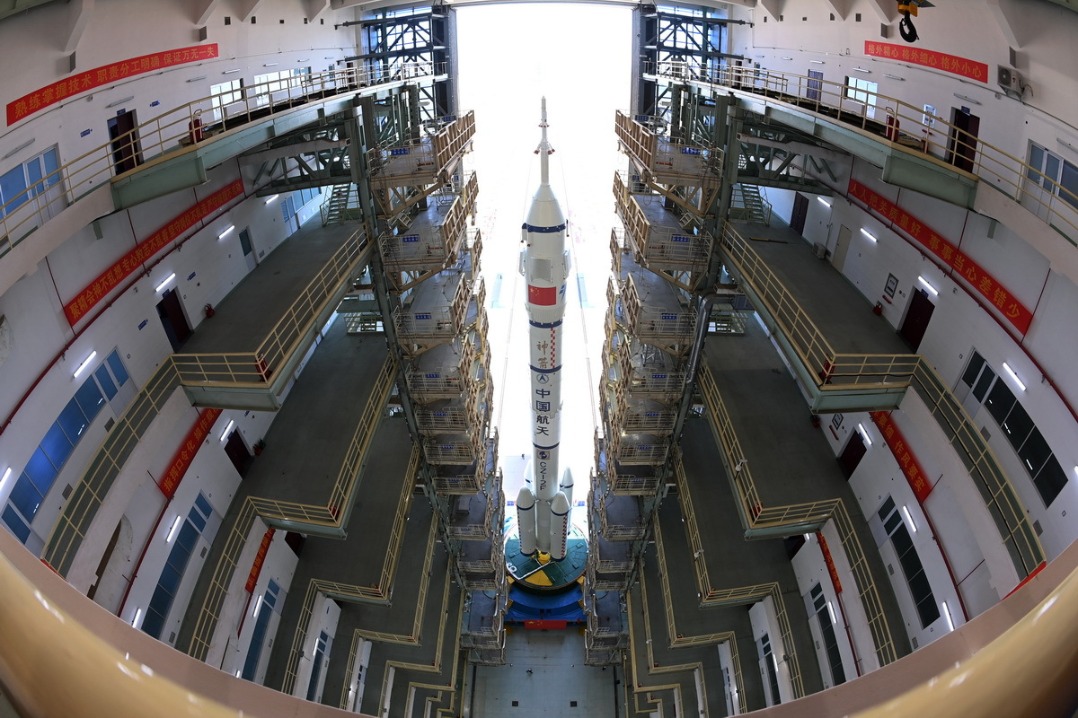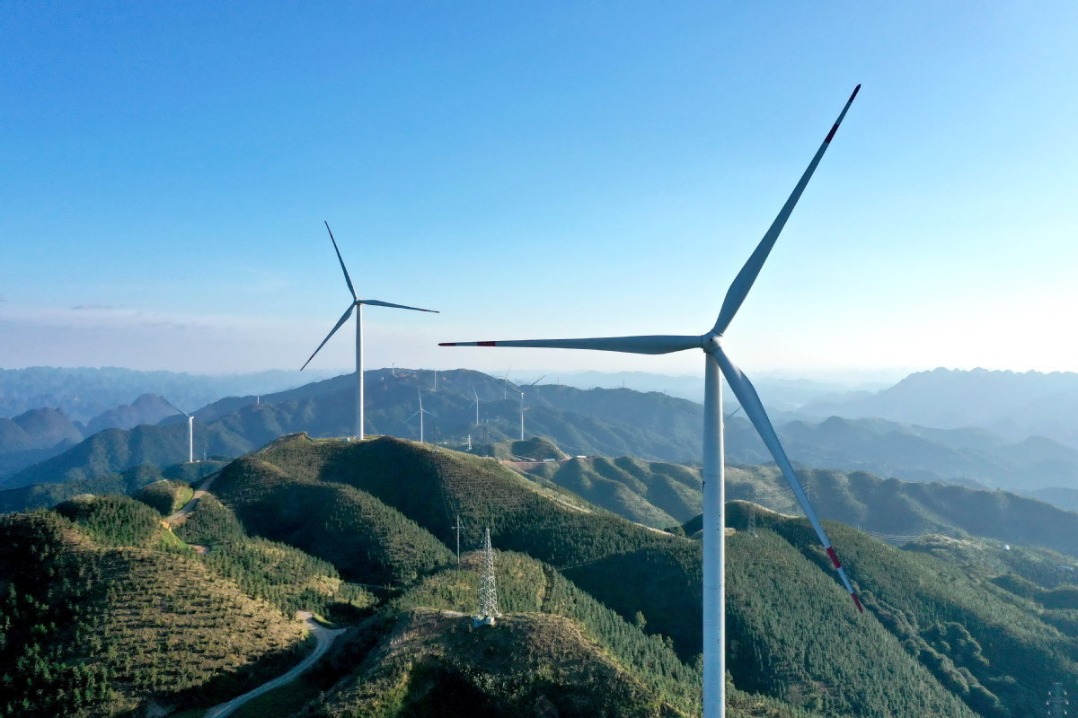Digital drive
Southeast Asia becomes global data center hot spot as AI usage rises
China Daily | Updated: 2024-10-29 10:11
Editor's note: In this weekly feature China Daily gives voice to Asia and its people. The stories presented come mainly from the Asia News Network (ANN), of which China Daily is among its 20 leading titles.

The world's largest technology firms are flocking to Southeast Asia to build data centers at a time when demand for infrastructure and computing power to enable artificial intelligence is rapidly rising, according to latest industry figures.
The new investments are expected to contribute to regional economies by creating skilled jobs in data center construction, engineering and maintenance, while also developing specialized talent in AI, cybersecurity, and data science and management.
The investments are also expected to improve the region's digital infrastructure, allowing small businesses and large institutions to store their data locally, significantly reducing downtime while increasing data sovereignty.
Data centers are large facilities built to accommodate servers, data storage systems and networking equipment that support better internet services and telecommunications.
This, in turn, enables popular online activities such as gaming, livestreaming and investing, as well as more advanced technologies like cloud computing and AI.
Thanks to its lower costs, power availability and other advantages, Southeast Asia is emerging as an ideal region for tech operators to establish a data center base, with the top five countries being Singapore, Malaysia, Thailand, Indonesia and Vietnam.
While Singapore is the preferred destination for hosting data centers due to superior infrastructure and a stable regulatory regime, the republic had imposed a three-year halt on data center construction between 2019 and 2022 to assess its impact on the environment.
Malaysia seized the bulk of new data center investments entering the region during that period, and now expects facilities with around 1 gigawatt of power capacity to come online over the next two years.
That is double the data center capacity it currently has.
Another 3 GW has also been announced and, if approved, will be gradually rolled out in the next three to five years, according to RHB Bank.
In comparison, Singapore's data center capacity currently stands at around 1.4 GW.
Among those channeling capital into Malaysia are tech titans like Microsoft, which said in May it will invest $2.2 billion over the next four years to build cloud and AI infrastructure.
Amazon Web Services (AWS) in August announced plans to invest an estimated $6.2 billion to set up a data center and cloud region in Malaysia.
The cloud service provider is also developing a similar region in Thailand. It revealed plans in 2024 to invest $5 billion in data centers in the country over the next few years, making Thailand its fourth AWS region in ASEAN after Singapore, Indonesia and Malaysia.
In September, Google said it would invest $1 billion to build a data center and cloud region in Thailand, which has so far seen around $9 billion committed by operators, according to analysts at financial services group Morgan Stanley.
By 2028, RHB Bank expects Malaysia to account for over half the data center processing power across the top five Southeast Asian markets, with data centers in the Malaysian state of Johor making up the bulk of inventories at over 2.3 GW.
That could put the Malaysian state in close competition with Singapore as a data center hub for the region.
After partially lifting its moratorium in 2022, Singapore awarded around 80 megawatts of new capacity to Equinix, GDS, Microsoft and an AirTrunk-Byte-Dance consortium in July 2023.
In May, the government announced that at least 300 MW of data center capacity may soon be provided. Still, the republic has signaled that it will be more selective when awarding new capacity moving forward.
Speaking at a conference in May, Janil Puthucheary, then-senior minister of state for communications and information, said data centers are collectively Singapore's biggest indirect carbon emitter.
He added that existing data centers contribute to 82 percent of the information and communications sector's carbon emissions, and 7 percent of the country's total electricity consumption.
However, Janil said Singapore may still award an additional 200 MW of capacity to operators that are able to tap green sources of energy to run the facilities, and will provide schemes and incentives to support such investments.
Dedi Iskandar, head of data center solutions at property investment adviser CBRE, asked that the authorities provide more clarity on this front.
"The industry does not have a clear picture of what's next after the additional capacity was announced in May, or when we can bid or how. We haven't seen this information coming, and that has created uncertainty," he said.
"When data center operators have no line of sight, they cannot make plans to invest in Singapore."
Dedi said that while Singapore is still the preferred destination for hosting mission-critical computing applications, Johor, which still struggles with issues like talent and water shortages, is improving quickly.
The highest risk for Singapore arises when the price gap for building and operating a data center compared with Johor becomes too significant, and when the quality of data center services between the two markets narrows, he said.
CBRE data showed the average construction cost for a data center in Singapore now stands at around $11.40 per watt, the highest among nine cities in Asia.
"This will naturally spur more enterprises to move their data center operations from Singapore to Malaysia," Dedi said.
THE STRAITS TIMES, SINGAPORE
























